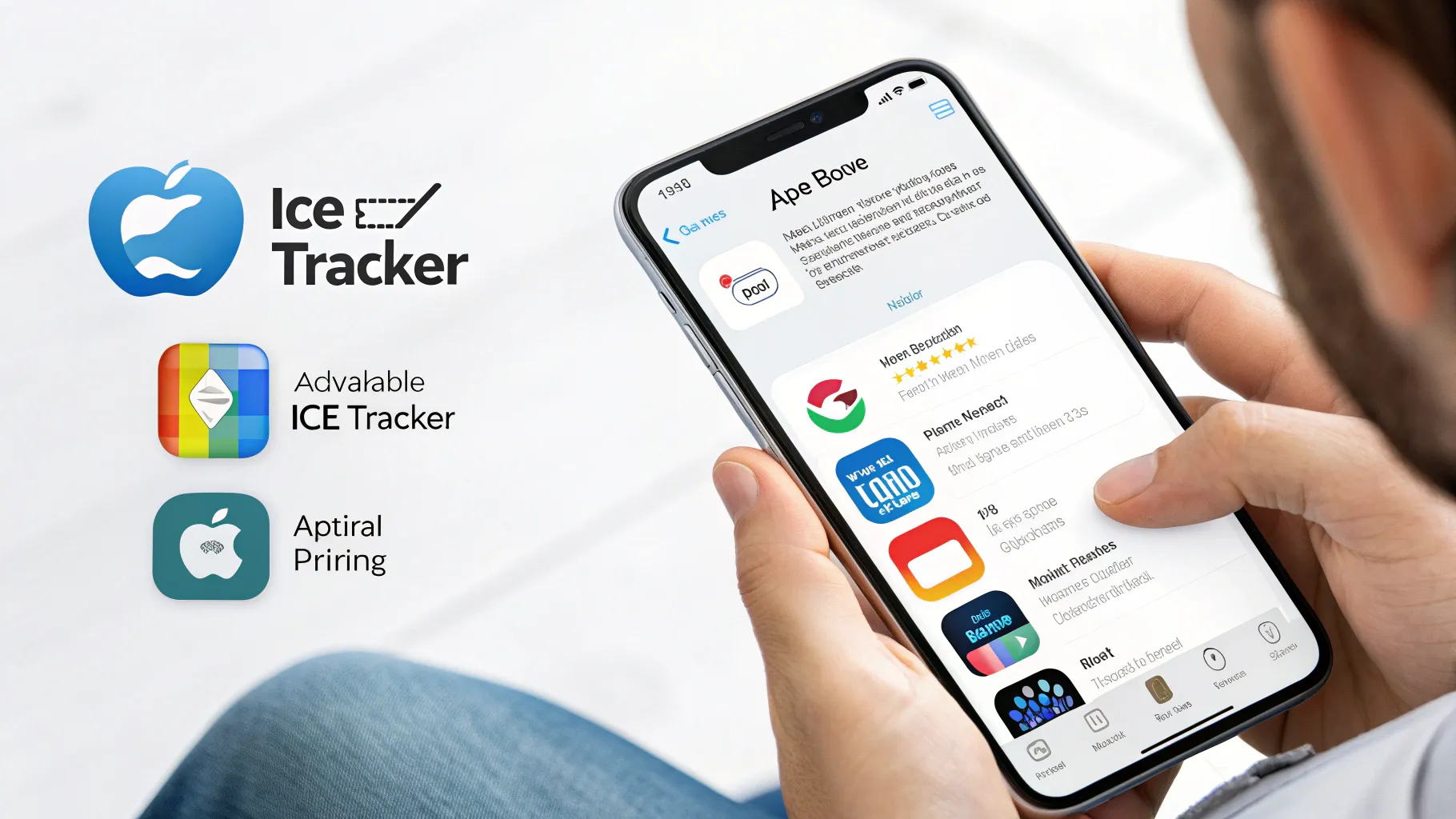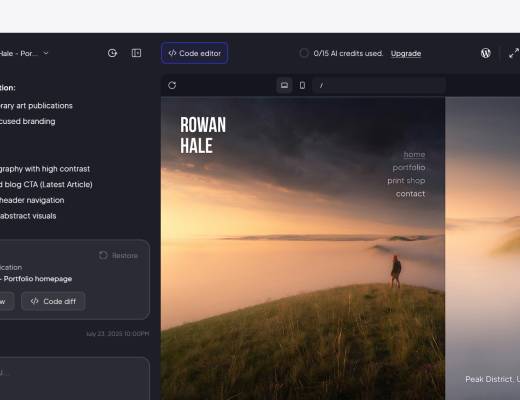Apple has removed mobile apps that displayed the locations of Immigration and Customs Enforcement (ICE) activity, sparking a sharp dispute over safety, free speech, and platform power. The move, made this week on the App Store, drew praise from some law enforcement supporters and criticism from civil liberties advocates. The change affects users nationwide and raises new questions about how tech platforms handle sensitive public safety information.
The apps, which crowdsourced or compiled reports of ICE enforcement spots, had grown more visible during renewed immigration debates. Apple did not publish a detailed explanation at the time of removal. The company typically cites policy violations related to safety, harmful content, or targeted harassment when it takes down apps. Supporters of the takedown argue that
real-time officer-tracking puts agents at risk. Critics counter that the decision chills speech and may reflect political pressure.
“Supporters cite officer safety and critics question government pressure.”
Background: Safety, Speech, and Platform Rules
Crowdsourced enforcement alerts are not new. Drivers have long used traffic apps to post police sightings and speed traps. Similar tools emerged for immigration enforcement, fueled by users who wanted to avoid checkpoints or plan travel routes.
Apple’s App Store rules prohibit content that encourages harm or facilitates illegal activity. Enforcement of those rules has varied over time and by context. In past public-safety disputes, platforms have weighed the value of information sharing against risks to officers and the public.
Legal experts say the First Amendment limits do not directly bind private platforms. Companies can set their own rules. But their choices can shape access to information for millions of people.
The Arguments on Both Sides
Police groups and their supporters argue that location-tracking apps can expose agents and increase the likelihood of tense encounters. They argue that real-time alerts can enable ambushes or obstruct operations. In their view, removal protects officers and the public.
Civil rights advocates see a different risk. They argue that information about checkpoints has long circulated through communities and local media. Digital tools, they say, are a modern version of that speech. Some also worry that platforms may act under political pressure when content is controversial.
One immigration lawyer said the change could heighten fear among mixed-status
families who rely on alerts to plan safe travel. A former federal official countered that enforcement actions should not be telegraphed through consumer apps. Both agree that tech firms now find themselves at the center of a contentious public policy debate.
How Apple Might Weigh the Decision
Apple enforces content rules that target harassment and threats. If an app is seen as enabling targeted tracking of individuals, it risks removal. The company also screens for user-generated content that could lead to harm and requires the rapid removal of abusive posts.
Past controversies illustrate how these choices unfold. Platforms have
faced backlash for listing police locations, protester locations, or maps of sensitive facilities. Each case turns on context, intent, and whether content escalates risk.
- Officer safety concerns can trigger stricter moderation.
- Public interest in government activity supports transparency arguments.
- Politically charged topics raise fears of undue influence.
Industry and Community Impact
Developers will watch how Apple explains this action. Clear guidance would help app makers design features that inform users without enabling targeted tracking. For now, uncertainty may push some
developers to avoid law enforcement data altogether.
Communities that relied on alerts may pivot to private channels, encrypted chats, or local networks. That shift could make information harder to verify and more prone to rumors. Law enforcement agencies may welcome the reduction in public alerting but face renewed scrutiny over transparency.
Other platforms could face similar choices. Consistency across
app stores and social networks will shape user behavior and developer incentives. If policies differ, apps could migrate to less restrictive outlets, fragmenting access to information.
What to Watch Next
Key questions remain. Will Apple publish a policy update that addresses real-time tracking of government agents? Will developers propose safer designs, such as delayed alerts or aggregated heat maps? Will civil liberties groups challenge the takedowns under consumer protection or competition theories?
For now, the decision signals a tighter stance on apps that pinpoint law enforcement activity. Supporters view it as a necessary step for safety. Critics warn it sets a precedent that narrows the space for public reporting.
The larger fight over platform power will continue. More explicit rules, transparent explanations, and workable product safeguards could reduce the conflict. Until then, expect more battles where safety, speech, and policy collide.






